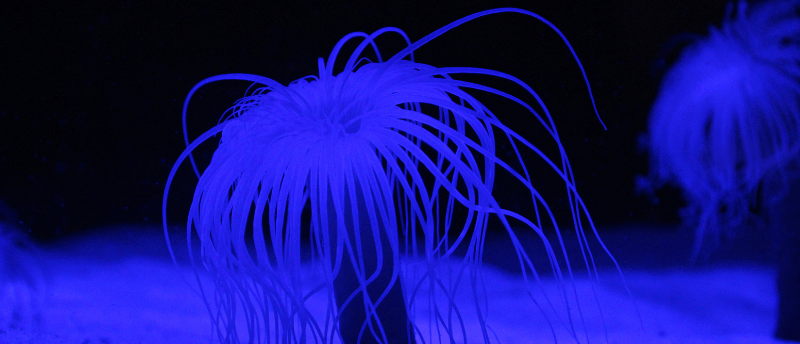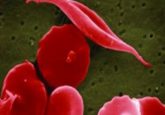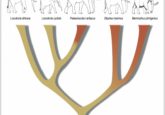Sea anemones evolved to repurpose neurons as stinging cells

Refer a colleague
Researchers find that stinging cells called cnidocytes could be a beneficial model to understand the emergence of new cell types, which has been a key challenge in evolutionary biology.
Sea anemones are part of the cnidaria phylum along with jellyfish, corrals, and hydrae, and have specialized stinging cells called cnidocytes. These specialized cells evolved by repurposing neurons inherited from pre-cnidarian ancestors; however, until recently, it was not known how they achieved this feat. Researchers from Cornell University (NY, USA) studied the sea anemone Nematostella vectensis to understand the emergence of these cell types.
It’s been known for the past century that cnidocyte cells – which are not found elsewhere in the animal kingdom – developed from a group of stem cells that can also specialize into brain cells. The two cell types perform similar actions as both are secretory cells that expel something – neurons secrete neuropeptides to communicate with other cells, whilst cnidocytes secrete poison-laced harpoons. But what determines if a stem cell becomes a neuron or a cnidocyte?
“One of the unique features of cnidocytes is that they all have an explosive organelle (a little pocket inside the cell) that contains the harpoon that shoots out to sting you,” said Leslie Babonis, the first author of the study. “These harpoons are made of a protein that is also found only in cnidarians, so cnidocytes seem to be one of the clearest examples of how the origin of a new gene (that encodes a unique protein) could drive the evolution of a new cell type.”
 Protein identified allowing Sclerotina sclerotiorum to destroy crops
Protein identified allowing Sclerotina sclerotiorum to destroy crops
Researchers identified the protein that allows white mold stem rot to bypass plants’ natural defense mechanisms.
The researchers examined how neurons are reprogrammed to make a new cell type using functional genomics. Functional genomics studies investigate how genes and regions of the genome contribute to biological processes to get an understanding of the relationship between the genome and the phenotype. There are several techniques used to do so including mutagenesis, mass spectrometry, and genome annotation. They found that cnidocytes develop from stem cells by switching off the expression of RFamide, a neuropeptide, thereby repurposing a subset of cells that were destined to be neurons. “These surprising results demonstrate how new genes acquire new functions to drive the evolution of biodiversity,” said Babonis. “They suggest that co-option of ancestral cell types was an important source for new cell functions during the early evolution of animals.”
This research also showed that there is a single cnidarian-specific regulatory gene responsible for turning off the neural function and turning on cnidocyte-specific traits and gives clues about the evolution of cnidocytes. “There is a single gene that acts like a light switch – when it’s on, you get a cnidocyte, when it’s off you get a neuron,” Babonis explained. “It’s a pretty simple logic for controlling cell identity.”
This is the first study to show this logic in a cnidarian, and the researchers believe it is likely that this mechanism is responsible for cell differentiation in the earliest multicellular animals.
Next, the research team is planning to investigate if this genetic off/on switch is also present in creating new cell types in other animals, including if there is a similar mechanism behind the origin of novel skeleton-secreting cells in corals.
Please enter your username and password below, if you are not yet a member of BioTechniques remember you can register for free.





